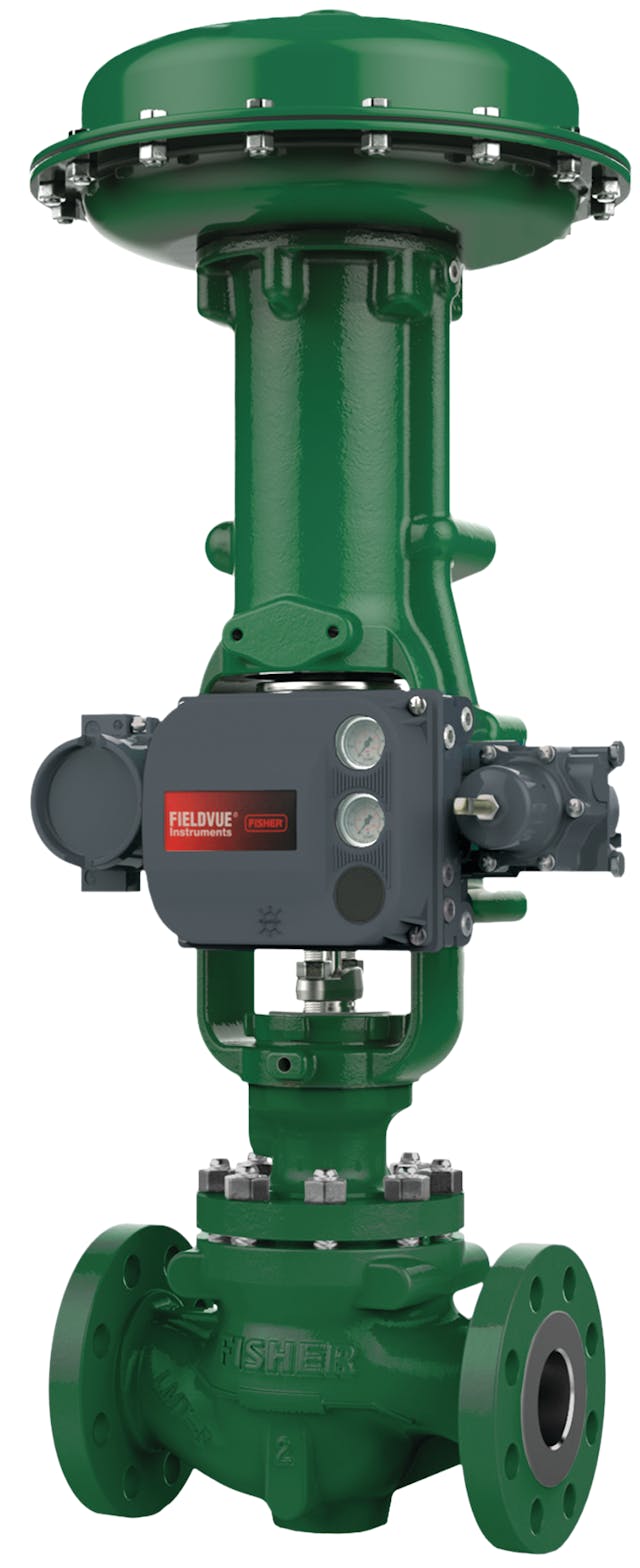Exploring the Functionality of Modern Control Valves in Industrial Applications
Exploring the Functionality of Modern Control Valves in Industrial Applications
Blog Article

Maximize Power Savings and Convenience With Advanced Building Automation Controls
In the realm of modern-day design and facility monitoring, the integration of innovative structure automation regulates stands as an essential development. By harnessing the power of automation, buildings can adapt, react, and develop in means that were as soon as inconceivable.
Energy Performance Advantages
Energy performance benefits can dramatically reduce power usage and functional prices in buildings. By carrying out energy-efficient practices and innovations, structure owners and drivers can accomplish considerable savings while likewise adding to ecological sustainability. One of the key advantages of boosting power performance in structures is the reduction of energy costs. Energy-efficient systems, such as innovative structure automation controls, can maximize the use of sources like lights, home heating, and cooling, causing reduced energy expenditures with time.
In addition, enhanced power efficiency can lengthen the life expectancy of building devices and systems. By operating a lot more efficiently, HVAC systems, light, and various other building elements experience less wear and tear, resulting in lowered upkeep and replacement costs. Additionally, energy-efficient buildings commonly regulate higher building values and rental rates, supplying long-lasting financial benefits to proprietors.
Moreover, energy efficiency can boost occupant convenience and efficiency. Appropriately controlled interior environments with optimal lights and thermal problems create an even more favorable and pleasurable office, resulting in enhanced worker contentment and performance. On the whole, the power performance benefits related to advanced building automation controls are multifaceted, encompassing cost savings, ecological stewardship, and occupant well-being.
Improved Comfort Control
Enhancing convenience control in structure settings requires an innovative assimilation of innovative automation systems for optimal occupant health. By using innovative building automation controls, facilities can customize the interior environment to fulfill the details demands and preferences of owners. control valves.
Boosted comfort control surpasses fundamental temperature modifications. It includes features such as individualized settings, occupancy sensors, and natural light use to create a vibrant and responsive environment. By integrating these innovative controls, structures can not just improve comfort however additionally enhance power performance by maximizing system operations based on actual occupancy and use patterns. Eventually, focusing on passenger convenience with sophisticated automation systems causes an extra pleasurable and much healthier indoor atmosphere.
Operational Efficiency Improvements

Additionally, the implementation of real-time tracking and analytics tools allows building operators to identify power inefficiencies and operational abnormalities without delay. By continuously monitoring power use patterns and system performance metrics, a knockout post changes can be made in real-time to maximize energy usage and guarantee peak operational performance. control valves. Additionally, integrating demand feedback techniques right into structure automation controls can additionally enhance functional effectiveness by dynamically readjusting power use based on grid conditions and prices signals
Indoor Climate Optimization
Effective interior environment optimization is an essential aspect of building automation controls, making sure passengers' convenience and well-being while taking full advantage of power financial savings. By using advanced sensing units and controls, building automation systems her explanation can continuously adjust and check temperature, moisture levels, air top quality, and ventilation to create an ideal indoor atmosphere. Preserving constant and comfortable conditions not only enhances resident complete satisfaction yet additionally improves efficiency and general health.
Indoor environment optimization additionally plays a vital duty in energy performance. By fine-tuning air flow, air conditioning, and home heating systems based upon real-time information and occupancy patterns, building automation controls can substantially decrease power usage - control valves. For example, carrying out methods such as demand-controlled ventilation and thermal zoning can assist decrease energy waste while guaranteeing that each location of the building gets the needed conditioning.

Lasting Environment Production
Structure automation manages not only maximize interior climate conditions for power performance and occupant convenience but likewise lay the structure for producing a lasting atmosphere via calculated monitoring of systems and resources. By integrating sophisticated structure automation modern technologies, such as sensors, actuators, and intelligent software application, centers can change and keep track of power usage in real-time to lessen waste and minimize their carbon footprint. These systems enable anticipating maintenance, determining potential issues prior to they escalate and optimizing equipment efficiency to boost durability and effectiveness.
Moreover, sustainable setting creation expands past energy management to include water preservation, waste decrease, and interior air quality enhancement. Structure automation controls can regulate water use, identify leakages, and make sure correct garbage disposal practices, adding to overall sustainability initiatives. Furthermore, by managing and monitoring air flow and filtering systems, these modern technologies enhance passenger wellness and productivity while lowering energy consumption linked with cooling and heating procedures.
Final Thought
To conclude, progressed structure automation manages deal considerable benefits in terms of energy financial savings, comfort control, operational performance, indoor climate optimization, and creating a sustainable atmosphere. By carrying out these controls, structures can achieve ideal performance while lowering power intake and enhancing owner go to this website comfort. It is obvious that making use of innovative automation technology is critical in boosting structure performance and creating a much more sustainable future.
Power efficiency advantages can considerably decrease energy consumption and operational costs in buildings. Generally, the power performance advantages linked with sophisticated structure automation controls are multifaceted, encompassing cost financial savings, ecological stewardship, and passenger well-being.
In addition, including demand response strategies into structure automation controls can better enhance operational effectiveness by dynamically adjusting energy usage based on grid conditions and pricing signals.
Building automation regulates not only maximize interior environment conditions for energy performance and passenger comfort however also lay the foundation for producing a sustainable setting through strategic management of systems and resources.In final thought, advanced building automation controls offer substantial benefits in terms of energy financial savings, comfort control, functional performance, indoor environment optimization, and creating a sustainable environment.
Report this page